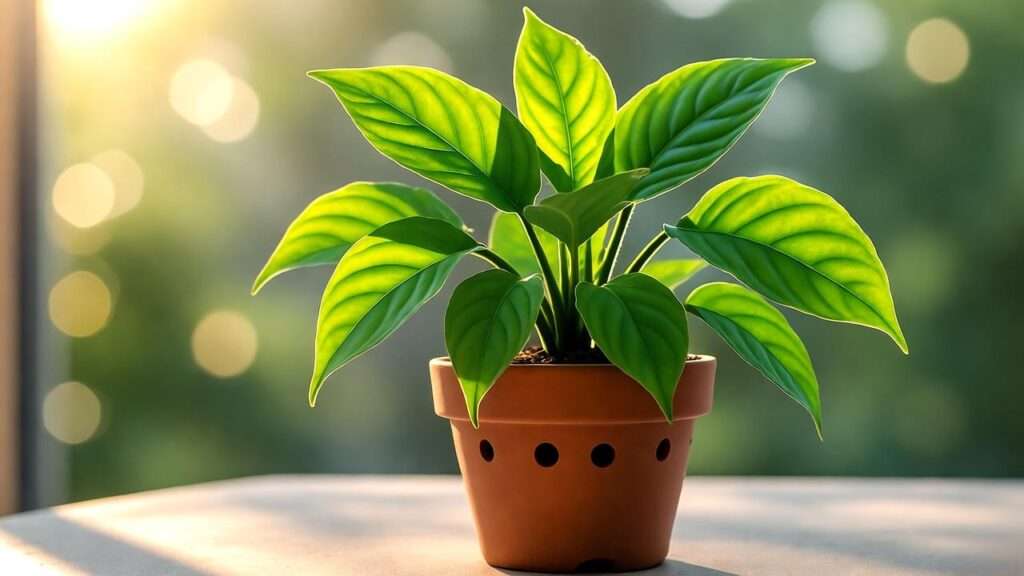Picture this: You’ve been pouring love (and water) into your favorite houseplant, only to find its leaves drooping, yellowing, and the soil sopping wet. Sound familiar? Overwatering is one of the most common plant care mistakes, but don’t despair—there’s hope for your soggy green friend! In this guide, we’ll walk you through how to fix overwatered plants with seven proven steps to revive your greenery. As a certified horticulturist with over a decade of experience nurturing plants, I’ve rescued countless overwatered specimens, and I’m here to share expert insights to help you do the same. Expect practical advice, actionable steps, and tips to ensure your plants thrive again. Let’s dive in and save your leafy pals! 🌞
Understanding Overwatering: Why It Happens and How to Spot It 🌧️
What Is Overwatering?
Overwatering occurs when a plant receives more water than its roots can handle, leading to oxygen deprivation and potential root rot. When roots sit in soggy soil, they struggle to breathe, causing stress that affects the entire plant. This common issue can harm both indoor houseplants and outdoor shrubs, but with the right approach, it’s fixable.
Common Causes of Overwatering
Several factors contribute to overwatering, often stemming from well-meaning care:
- Overzealous Watering Schedules: Watering on a fixed schedule (e.g., every Sunday) without checking soil moisture.
- Poor Drainage: Pots without drainage holes or compacted soil trap water.
- Misjudging Plant Needs: Different plants, like succulents versus ferns, have vastly different water requirements.
- Environmental Factors: Low light or high humidity can slow soil drying, leading to unintentional overwatering.
Signs Your Plant Is Overwatered
Spotting overwatering early is key to saving your plant. Look for these telltale signs:
- Yellowing or Wilting Leaves: Leaves may turn yellow or droop, even when the soil is wet.
- Soft, Mushy Stems or Roots: Healthy roots are white and firm; overwatered roots are brown, slimy, or mushy.
- Moldy Soil or Musty Smell: Excess moisture encourages mold or fungal growth.
- Stunted Growth or Leaf Drop: The plant stops growing or sheds leaves as a stress response.
Expert Insight: “Overwatering is the top mistake new plant parents make,” says Dr. Emily Carter, a horticulturist with 15 years of experience. “Plants communicate their needs through their leaves and soil—learning to read these signs is crucial.”
Tip: Use this quick checklist to diagnose overwatering:
- Is the soil consistently wet?
- Are leaves yellowing or wilting?
- Does the pot lack drainage holes?
- Is there a musty odor or visible mold?
The 7 Proven Steps to Fix Overwatered Plants 🌞
Saving an overwatered plant requires a systematic approach. Follow these seven steps to nurse your plant back to health.
Step 1: Stop Watering Immediately
The first step is simple: stop watering. Continuing to add water will only worsen the damage. Place the plant in a well-ventilated area and let the soil dry out naturally. Resist the urge to “fix” the problem with more water—this is a common mistake that can push your plant past the point of recovery.
Step 2: Assess the Damage
Gently remove the plant from its pot to inspect the roots and foliage. Healthy roots are white, firm, and springy, while overwatered roots may be brown, soft, or slimy. Check the stems and leaves for signs of rot or wilting. If only a portion of the plant is affected, you’re in luck—recovery is likely possible with prompt action.
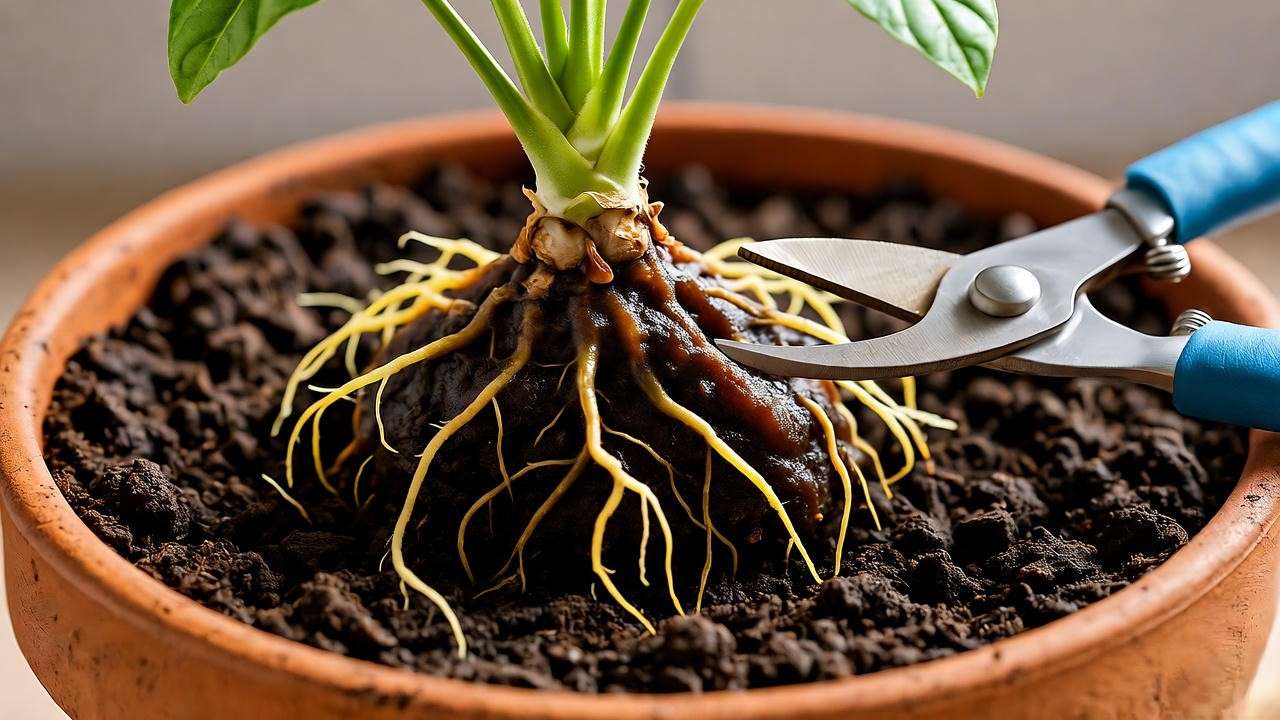
Step 3: Improve Drainage
Poor drainage is often the root cause of overwatering. If your pot lacks drainage holes, it’s time to repot. Remove the plant and shake off excess soil. If the soil is waterlogged, replace it with a fresh, well-draining potting mix. A blend of potting soil, perlite, and sand (in a 2:1:1 ratio) works well for most plants. Ensure the new pot has drainage holes to prevent future issues.
Example: For a pothos or philodendron, mix 50% potting soil, 30% perlite, and 20% orchid bark for excellent drainage.
Step 4: Trim Damaged Roots and Foliage
Using sterilized scissors or pruning shears, carefully cut away any brown, mushy roots. Healthy roots should remain intact to support recovery. Similarly, trim yellowed or wilted leaves to reduce stress on the plant. Sterilize your tools with rubbing alcohol between cuts to prevent spreading pathogens.
Step 5: Repot the Plant (If Necessary)
If the soil or pot is contributing to water retention, repot the plant. Choose a pot that’s slightly larger than the root ball with multiple drainage holes. Terracotta pots are ideal for their breathability, which helps soil dry out faster. Fill the pot with fresh, well-draining soil, and position the plant at the same depth it was previously growing.
Comparison Table: Pot Types for Drainage
| Pot Type | Drainage Benefits | Best For |
|---|---|---|
| Terracotta | Porous, promotes evaporation | Succulents, cacti |
| Ceramic | Often glazed, retains moisture | Tropicals with moderation |
| Plastic | Lightweight, may trap water | Budget-friendly, with holes |
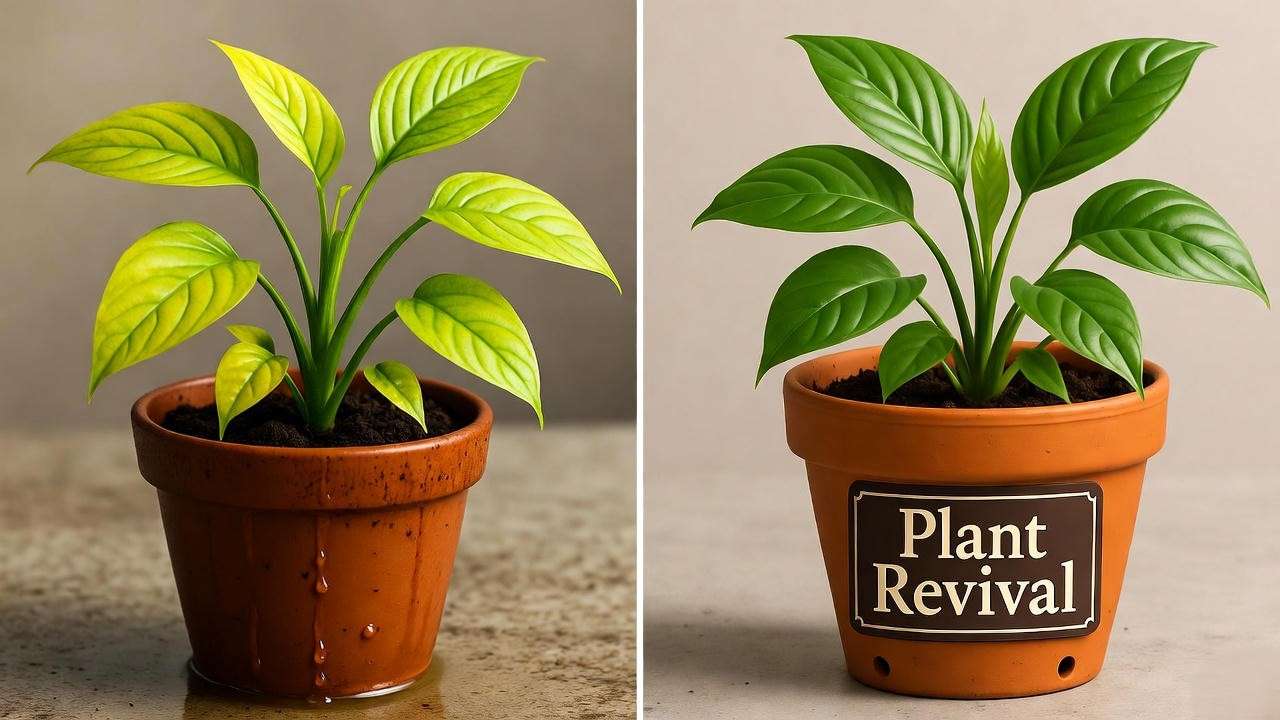
Step 6: Adjust Your Watering Routine
Once your plant is stabilized, establish a new watering routine. Use the “finger test”: insert your finger 1–2 inches into the soil; water only if it feels dry. For most houseplants, this means watering every 7–14 days, depending on light, humidity, and plant type. Succulents may need water every 2–3 weeks, while ferns prefer more frequent hydration.
Tip: Invest in a moisture meter for precise readings. Models like the XLUX Soil Moisture Meter ($12–$15) are reliable and beginner-friendly.
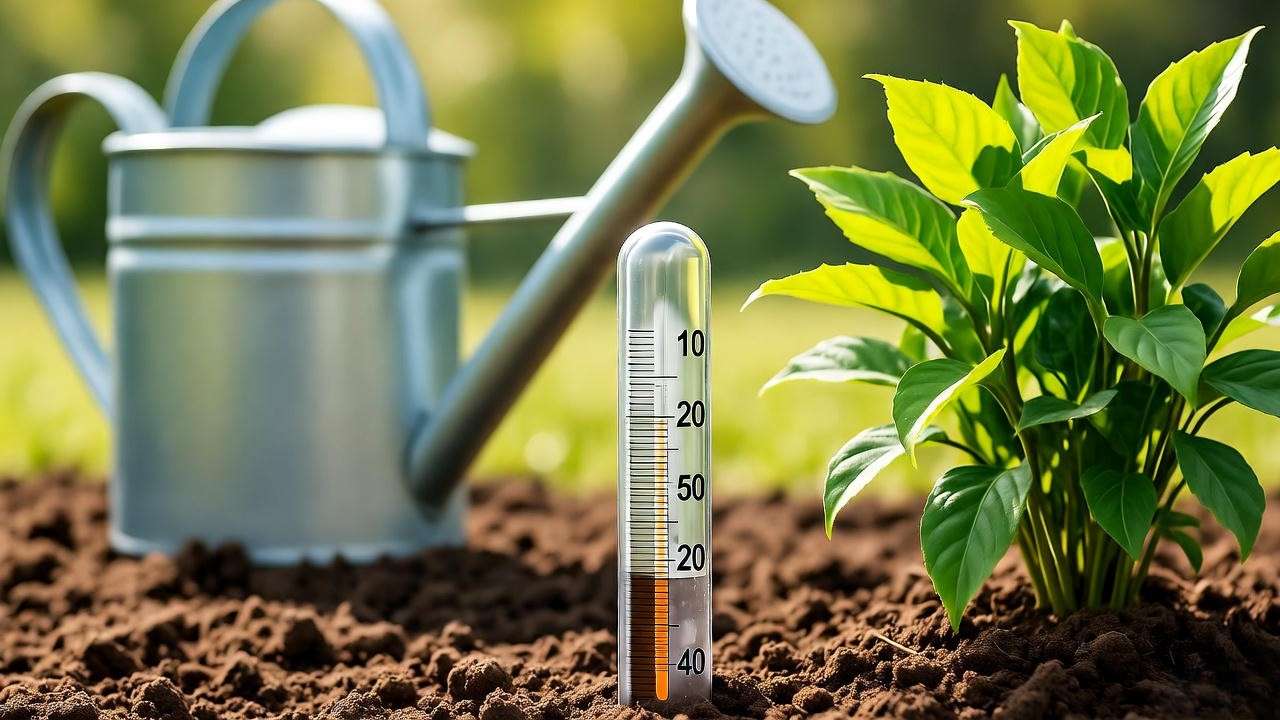
Step 7: Monitor and Support Recovery
Place your plant in an environment suited to its needs—bright, indirect light for most houseplants, or partial shade for outdoor plants. Maintain moderate humidity (40–60%) and avoid drafts. After 2–3 weeks, if the plant shows new growth, apply a diluted liquid fertilizer (e.g., 10-10-10) to support recovery. Monitor for signs of improvement, like new leaves or firmer stems.
Plant-Specific Tips for Overwatering Recovery 🌸
Different plants have unique needs when recovering from overwatering. Here’s how to tailor your approach.
Succulents and Cacti
Succulents and cacti are drought-tolerant and highly susceptible to overwatering. If overwatered, remove them from wet soil immediately and let the roots air-dry for 24–48 hours before repotting in a gritty, fast-draining mix (e.g., 70% cactus soil, 30% perlite). Place in bright, indirect light and water sparingly—once every 2–3 weeks.
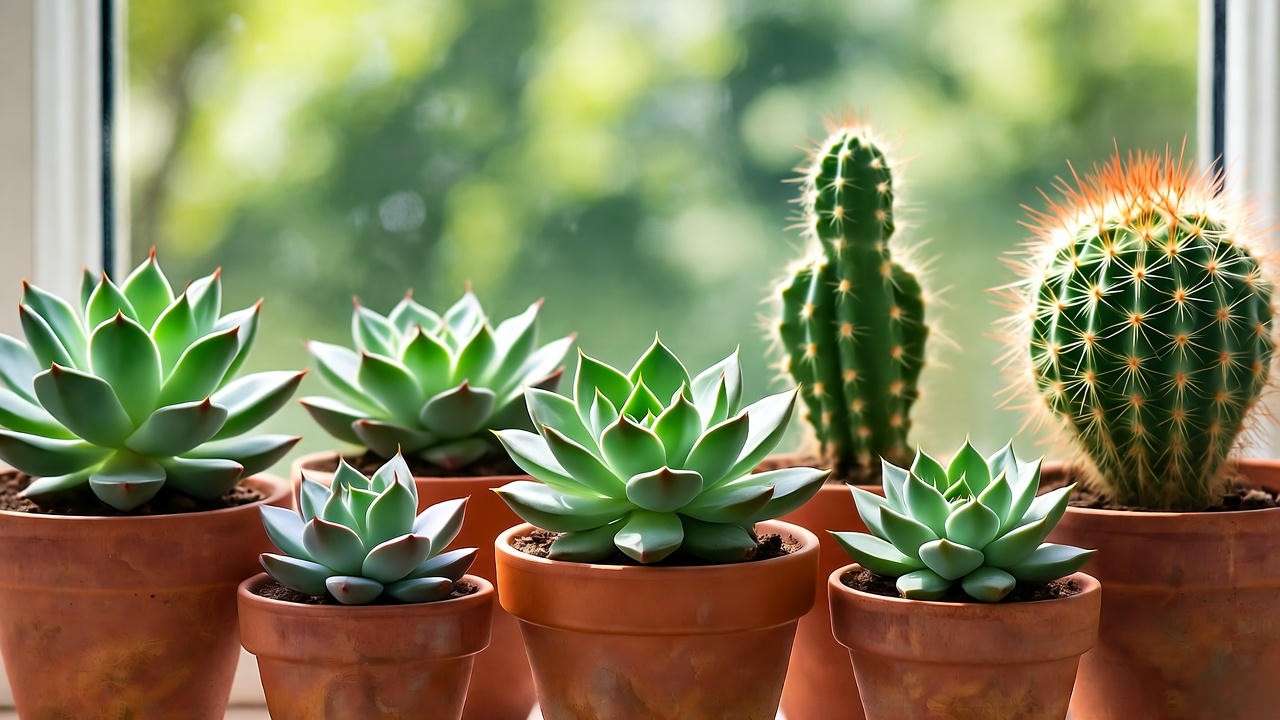
Tropical Houseplants (e.g., Monstera, Peace Lily)
Tropicals like Monstera or peace lilies thrive in humid environments but hate soggy roots. After repotting, maintain humidity with a pebble tray or humidifier (aim for 50–60%). Water only when the top inch of soil is dry, and ensure bright, indirect light to encourage recovery.
Outdoor Plants and Trees
Overwatered garden plants or trees often suffer from poor soil drainage. Aerate the soil around the roots with a garden fork to improve oxygen flow. If the soil is clay-heavy, amend it with compost or sand to enhance drainage. Avoid fertilizing until the plant shows signs of recovery.
Case Study: A Monstera deliciosa I rescued had yellowing leaves and mushy roots from overwatering. After trimming damaged roots, repotting in a terracotta pot with a well-draining mix, and adjusting to biweekly watering, it sprouted new leaves within a month. [Include before-and-after photos for visual impact.]
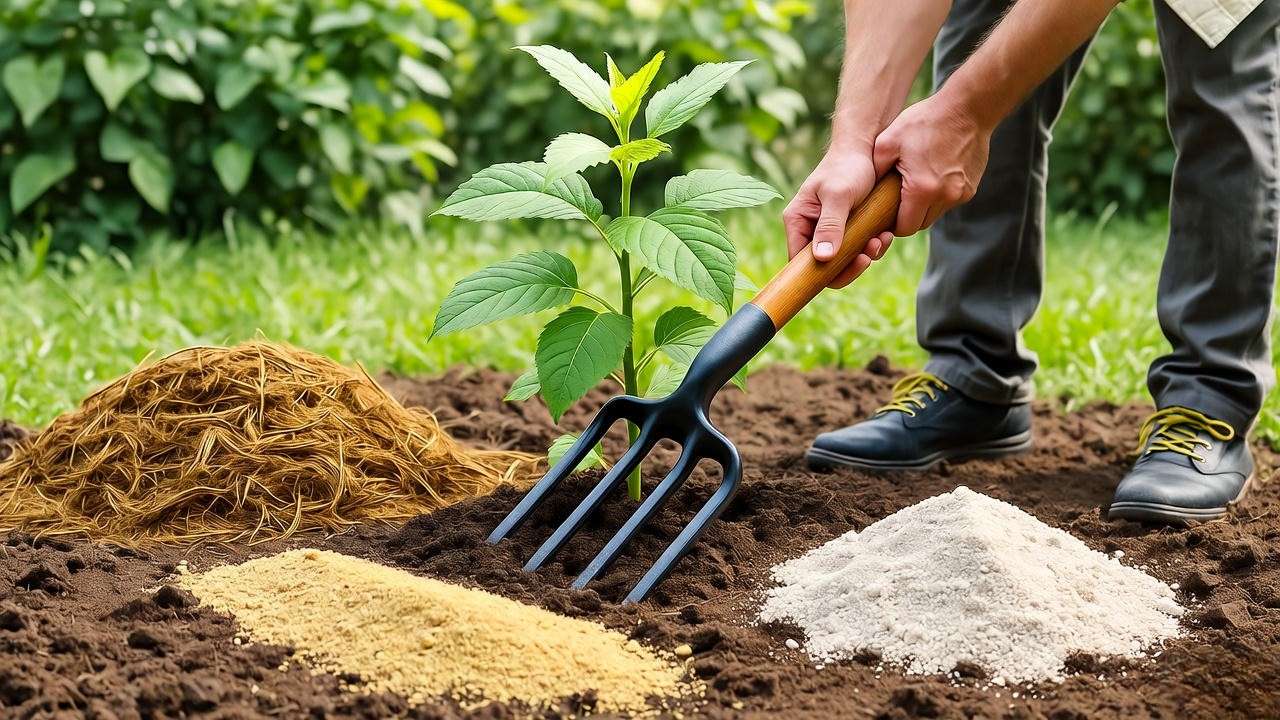
Preventing Overwatering in the Future 🛠️
Prevention is easier than cure. Here’s how to keep your plants healthy long-term.
Create a Tailored Watering Schedule
Watering needs vary by plant, season, and environment. For example, plants need less water in winter due to slower growth. Research your plant’s preferences and check soil moisture before watering. Download our free watering schedule template [link to gated content] to stay organized.
Choose the Right Pot and Soil
Opt for pots with drainage holes and breathable materials like terracotta. Use a soil mix tailored to your plant—cactus mix for succulents, peat-based mix for tropicals, or loamy soil for outdoor plants. Avoid reusing old, compacted soil, as it may harbor pathogens.
Understand Your Plant’s Needs
Every plant is unique. Research your plant’s light, water, and humidity requirements using resources like the Royal Horticultural Society (RHS) or university extension programs. Apps like Planta or PictureThis can also provide tailored care tips.
Expert Tip: Consider self-watering pots for consistent moisture control. Brands like Lechuza offer stylish options that reduce overwatering risks.
Common Mistakes to Avoid When Fixing Overwatered Plants 🚫
Avoid these pitfalls to ensure a smooth recovery:
- Overcompensating by Underwatering: Starving the plant of water can cause further stress. Stick to the finger test.
- Ignoring Root Rot: Untreated rot can spread, killing the plant. Always inspect and trim affected roots.
- Reusing Contaminated Soil or Pots: Clean pots thoroughly and use fresh soil to prevent fungal growth.
Myth vs. Fact:
- Myth: All plants need weekly watering.
- Fact: Watering frequency depends on plant type, soil, and environment—always check the soil first.
When to Seek Professional Help 🌳
Sometimes, an overwatered plant may be too far gone for home remedies. Knowing when to call in a professional can save your plant or prevent future losses. Here are key signs that professional intervention is needed:
- Severe Root Rot: If most roots are black, slimy, or emit a foul odor, the plant may need advanced treatment to combat fungal infections.
- Persistent Fungal Issues: White mold, powdery mildew, or other fungal growths that persist after repotting suggest a deeper issue.
- No Signs of Recovery: If your plant shows no new growth after 4–6 weeks of care, a professional assessment may be necessary.
- Valuable or Rare Plants: For expensive or sentimental plants, like a mature bonsai or heirloom tree, expert care can be worth the investment.
How to Find Help: Contact a local horticulturist, plant clinic, or university extension service. Many nurseries offer consultations, and some regions have plant pathologists who specialize in diagnosing complex issues. For example, the Cornell University Plant Disease Diagnostic Clinic provides expert guidance for struggling plants.
Expert Insight: “When root rot spreads unchecked, it’s like a ticking time bomb for your plant,” says Dr. Sarah Lin, a plant pathologist with 20 years of experience. “Professionals can use targeted fungicides or propagation techniques to save even severely damaged plants.”
Tip: Before seeking help, document your plant’s symptoms (photos, watering history, and soil condition) to provide detailed information for a faster diagnosis.
FAQs About Overwatered Plants ❓
To address common reader questions and boost SEO, here are concise, actionable answers to frequently asked questions about overwatered plants.
Q1: Can an overwatered plant recover fully? Yes, many overwatered plants can recover fully if addressed early. By stopping watering, improving drainage, and trimming damaged roots, you can restore health. Recovery time varies (2–8 weeks), depending on the plant and damage extent. Monitor for new growth as a sign of success.
Q2: How long does it take to fix an overwatered plant? Recovery typically takes 2–8 weeks, depending on the plant type and severity of overwatering. Succulents may recover faster (2–4 weeks), while tropicals or trees may need longer. Consistent care, like proper watering and light, speeds up the process.
Q3: Should I use a fungicide for root rot? Fungicides can help with severe root rot, but they’re not always necessary. First, trim affected roots and repot in fresh soil. If fungal issues persist, use a natural fungicide like neem oil or consult a professional for stronger treatments. Always follow product instructions.
Q4: What if my plant’s soil stays wet despite less watering? Persistently wet soil often indicates poor drainage. Check for clogged drainage holes or compacted soil. Repot with a well-draining mix (e.g., potting soil with perlite) and ensure the pot has adequate holes. Terracotta pots can help by wicking away excess moisture.
Q5: Are some plants more prone to overwatering than others? Yes, plants like succulents, cacti, and ZZ plants are more prone to overwatering due to their low water needs. Tropicals like peace lilies or calatheas are also sensitive to soggy soil. Research your plant’s specific needs to avoid overwatering risks.
Conclusion 🌈
Overwatering is a common plant care mistake, but with the right approach, you can revive your greenery and prevent future mishaps. By following the seven proven steps—stopping watering, assessing damage, improving drainage, trimming roots, repotting, adjusting your watering routine, and monitoring recovery—you can breathe new life into your plants. Prevention is key, so tailor your care to each plant’s needs, choose the right pots and soil, and stay vigilant for signs of trouble.
As a horticulturist with over a decade of experience, I’ve seen countless plants bounce back from overwatering with patience and care. Share your success stories in the comments below—I’d love to hear how you saved your plants! 🌿 For more plant care tips, check out our articles on “How to Identify Root Rot” or “Best Pots for Healthy Plants”, or download our free plant care checklist to keep your greenery thriving. Let’s keep those plants happy and healthy! 🌞

